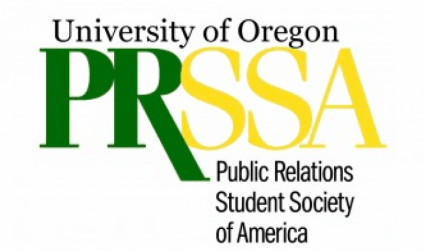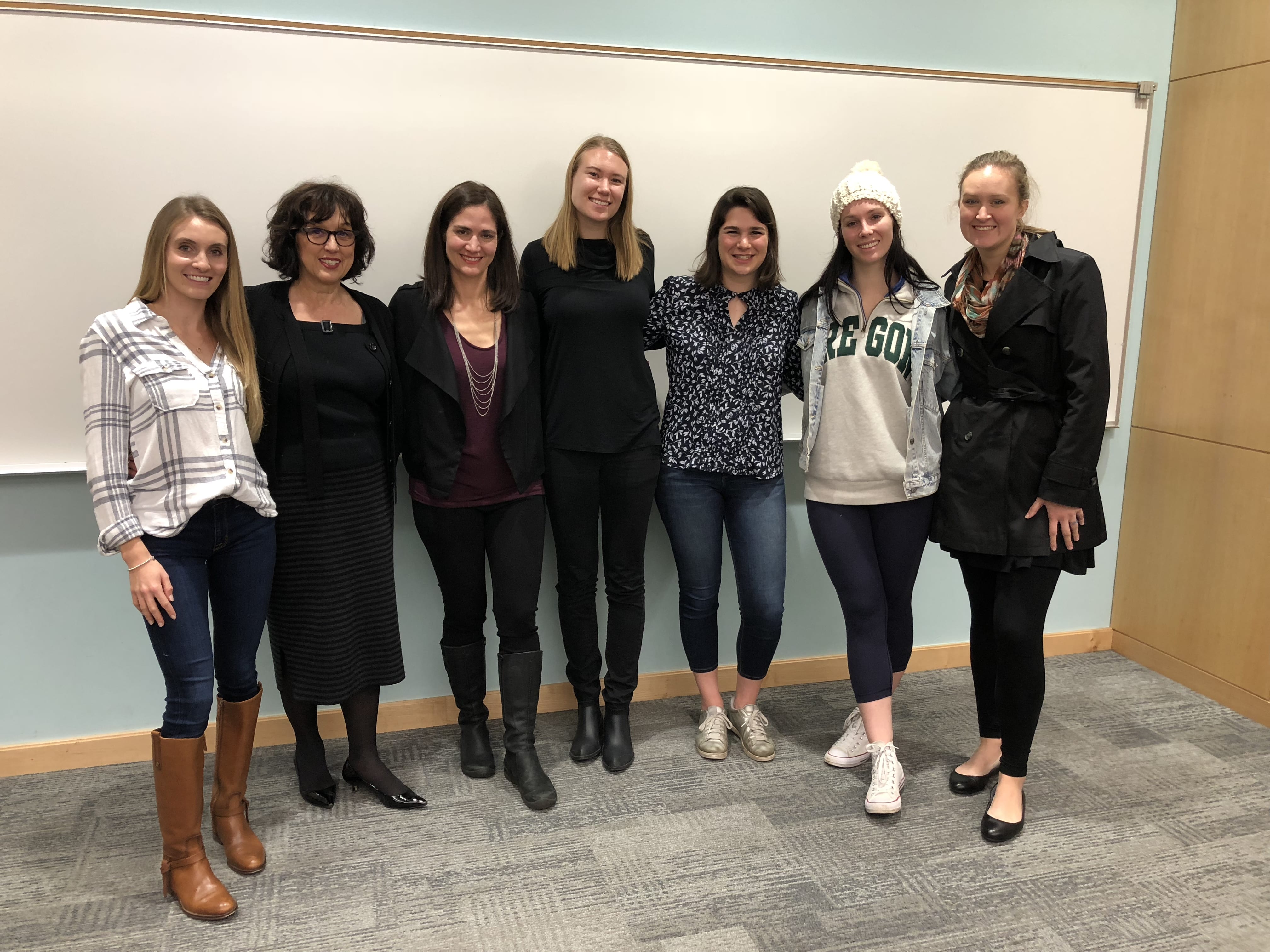By Sierra Goodman
Portland, Oregon has become a “foodie” paradise with craft microbreweries, a flourishing wine scene, food carts galore, and intriguing restaurants and shops such as Salt & Straw with their quirky ice cream flavors.
Portland’s thriving food culture has increased demand for food and beverage public relations services. If you’re looking for a career in food and bev PR in the City of Roses, you’re in luck! There are a few employment routes to take such as specialty, big agency and in-house options. Here’s what you can expect from each route:
Speciality Food and Bev PR Agencies
Portland is unique in that there are a multitude of specialty food and bev PR agencies, most of which specialize in Portland and Oregon-based clients.
Maxwell represents Pacific Foods, Dave’s Killer Bread and Kettle Chips among many specialty food products and brands. Little Green Pickle represents some of the top Portland restaurants such as Pok Pok, Irving Street Kitchen and Mother’s along with tourism, events and artisan products. Harvest PR is an agency that specializes in farming and agriculture and works with several wineries, natural and organic food companies, and dairy and produce brands.
If you want to promote food and drink all day every day, then a specialty agency may be the best fit for you.
Agencies with Food and Bev Accounts
If you need variety in your life, agencies such as Edelman and LANE work with an array of clients including those in the food and bev sectors. Edelman and LANE (Finn Partners) are global agencies, however, their Portland locations work with local clients along with national brands.
Edelman has a food and bev branch called Edible, and they represent brands such as Starbucks, Olive Garden and Florida Citrus among many others. LANE represents Oregon brands such as 10 Barrel Brewing and Dutch Brothers and nationally recognized brands such as Tree Top Apple Sauce and Steaz Green Tea.
These larger agencies with food and bev accounts mimic smaller agencies allowing employees to have an intimate feel and the opportunity to work on food and bev accounts while gaining experience in other sectors as well.
In-House Food and Bev
It is common for PR professionals to move from agency to in-house after working with one company for a long period of time. In Portland, in-house food and bev PR can involve working for the Tillamook Cheese Co. Working in-house may seem more static compared to agency life which is why and creative PR team is important to keep the company’s product or service fresh.
In-house PR work involves knowing the ins and outs of a company in order to incorporate storytelling and maintain consistency. Depending on the company, you’re more likely to be involved with the company’s CSR initiatives and crisis communication prep and execution which is why it is important to know and reflect the company’s core values.
Portland provides numerous opportunities to explore food and bev PR whether it is specialty, big agency or in-house. The city’s unique foodie culture allows for collaboration with both local businesses and national companies. The food and bev scene is a reflection of those who inhabit Portland and the surrounding area and as a result, there is a diverse food and beverage PR field to go with it.











